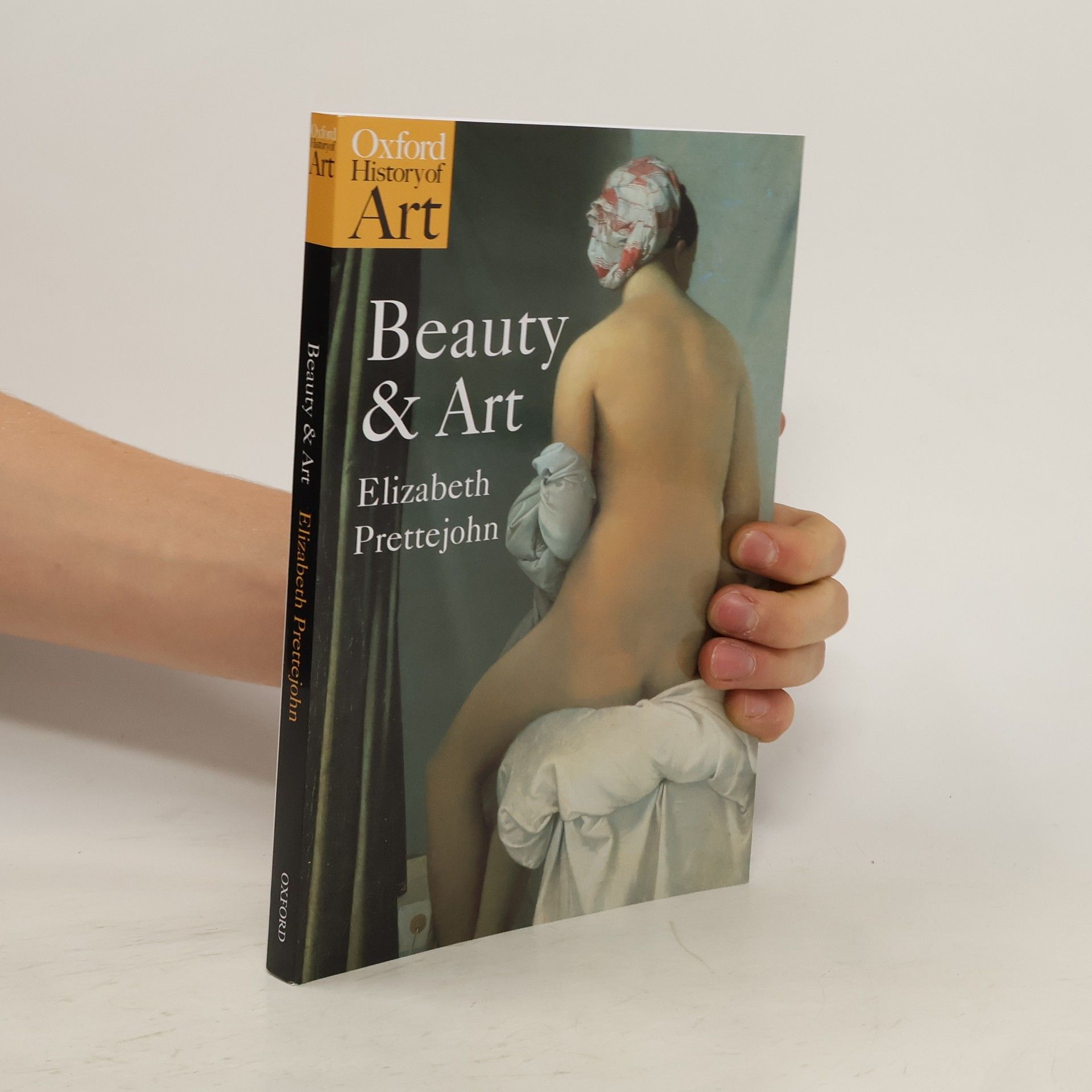Artists Series: John Singer Sargent
- 96 pages
- 4 hours of reading
A fascinating introduction to the life and work of John Singer Sargent, the most accomplished portrait painter of the late-nineteenth and early-twentieth century. -- Tate Publishing.




A fascinating introduction to the life and work of John Singer Sargent, the most accomplished portrait painter of the late-nineteenth and early-twentieth century. -- Tate Publishing.
The book explores the impact of 19th-century museums and published reproductions on Victorian art, highlighting how British artists drew inspiration from Old Masters like Botticelli and Velázquez. Elizabeth Prettejohn examines the intricate relationship between imitation and originality, suggesting that the most innovative works emerged from faithful emulation of past art. Covering a range of artists from the Pre-Raphaelites to early modernists, it showcases how figures like Dante Gabriel Rossetti and Edward Burne-Jones engaged with historical art to create remarkable contributions to the period.
What do we mean when we call a work of art beautiful? How do perceptions of beauty change with the passage of time? This title explores these questions, showing the vital relationship between our changing notions of beauty and specific works of art. It charts the story of western art, from eighteenth- century Germany to the late 20th century.
The book offers a comprehensive survey of the Pre-Raphaelite movement, integrating recent research and featuring over 200 color reproductions. It highlights both masterpieces and lesser-known works, enhancing the reader's understanding of this significant artistic departure. Additionally, it includes 20 halftones, providing a rich visual experience that showcases the breadth of the movement's impact on art.